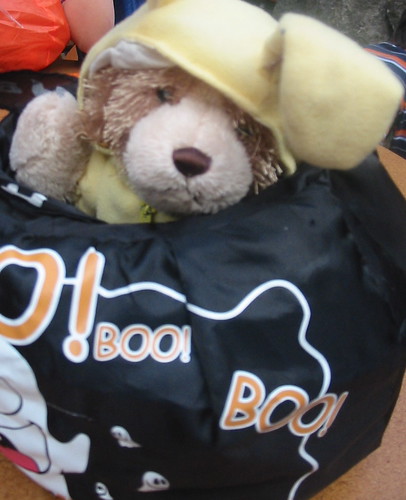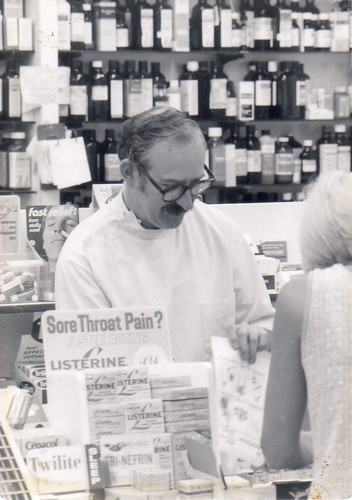"There were more 45s sold and drunk in 1995 than had ever been made," said Serena Sutcliffe, head of Sotheby's international wine department. "A lot of the best wines were virtually finished 30 to 40 years ago, and now they're growing on trees."

Experts say that nearly 5% of fine vintages on the market are counterfeit. But efforts to combat this recent upswing in fakes are growing. A new technology called Prooftag has been released, which features a special metal seal with a unique reference number and pattern, verifiable on the website. John Kapon, the president of auctioneer Acker Merrall & Condit, calls fraudulent wine "an A+++ problem." But with the launch of his new site, Russell Frye hopes to stamp out fakes for good.
"Individual collectors such as myself have discovered that some rare bottles purchased from supposedly trustworthy vendors are not what they seem," says Frye. "I'm sure that most of you have seen the large number of articles that have appeared this past year regarding the subject. Up until now, there was no easily accessible resource available to help people determine the authenticity of these bottles. wineauthentication.com is the very first website to offer help, advice and a community to share experiences and ideas with."
The new website features :
- An article registry where those interested in wine fraud can keep abreast of the latest news.
- A discussion forum for consumers to share ideas, tips and concerns about counterfeit wines.
- Bottle photos to ease inspection of your own vintages.
- A bottle registry.
- Counterfeiting solutions, offering expert advice on what to avoid.
- A list of the top ten fakes.
- A space to report suspect wines, and an authentication service.
Cork up: Wines bottled at chateaus have proper vintage and brand labels on their corks. But, before the Seventies, many wines were shipped in casks and only later bottled by individual merchants themselves. This led to different corks on the same vintage ("Berry Brothers," "Belgium bottled," et al.) Some vintages even have misprints on their corks or labels, so be sure to look for those in the proper instances.
Be a Label Lover: Is the label on that priceless vintage just too new to be true? Older wines will have somewhat worn or even damaged labels. In fact, wines stored in proper humidity usually have some label staining due to condensation. Besides the look of the label, check spelling, typeface etc.
Check Provenance: The most premium wines have lived in the cellars of their respective chateaus since they were bottled. This can't always be the case, but be aware that wines which have questionable trading trails can also have questionable authenticity.
Crystallization and Sediments: Those new to the wine market might think sedimentation is a fault in the wine. Actually, this is a natural occurrence in many wines, most especially those which are older, where the settling of solid matter is simply a sign of age and not quality. Be wary of vintage bottles that don't display this common 'problem.'
That said, even authentic wines might come heavily discounted if there are faults with their individual bottles. Wine collection is a serious business, but even the most zealous of collectors don't believe it's worth acquiring bad bottles of authentic vintages. Common faults with wine include liquid that has been 'cooked,' corked or even oxidized. Cooked wine has been sitting in temperatures too high to be ideal, which leads to a stewed flavor. Signs that this has happened include corks that are not flush with or below the level of the mouth of the bottle. This indicates the wine has been heated, which causes expansion and pushes the cork higher. Corked wine is a common fault, and occurs when corks become infected by a fungus that produces TCA, or 1,2,4-trichloroanisole.
Take care to buy from reputable merchants. Wine expert Jim Budd's website offers examples of fraudsters in the European wine market, so be sure to check that list.
Photo Credit


